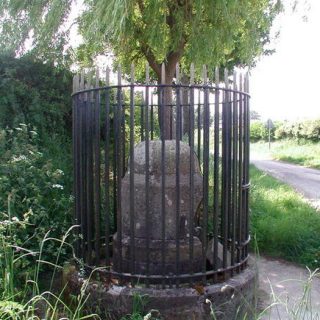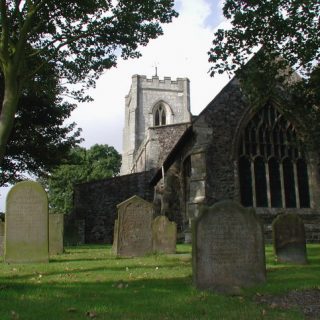East Yorkshire News Year’s Traditions
The following New Year traditions from East Yorkshire were published in ‘County Folk-Lore Volume VI – Examples of Printed Folk-Lore Concerning The East Riding of Yorkshire (1911)’ which was edited by Eliza Glutch.
All peacock feathers must be thrown out before New Year’s Day, or else you will have ill luck.









Recent Comments